Home-Grown School Feeding (HGSF) programs aim to provide school children with nutritious meals while also supporting local agriculture and economies.
Since the program’s endorsement by the African Union Development Agency New Partnership for Africa’s Development (AUDA-NEPAD) in 2003, the HGSF concept has continued to attract significant attention due to its potential to simultaneously meet various cross-sectoral objectives. Although 61 million children benefited from school meal programs in the Africa region in 2021, a lack of coordinated program implementation strategies poses a major challenge to its success. This incoordination can invite food waste, funding mismanagement, and further dependence on external structures for the sustainability of these programs. To address this, AUDA-NEPAD published a set of guidelines for successfully designing and implementing HGSF programs, based on five quality standards of school feeding. In this blog, we briefly summarize these guidelines and draw on regional data, where available, using results from the Global Survey of School Meal Programs.
Policy and Legal Framework
First, a strong policy and legal framework is essential to build an enabling environment that is necessary for HGSF to thrive. The guidelines recommend adopting overarching policies for school feeding at the national level, such as a National School Feeding Policy, and sectoral policies for other institutions involved in the implementation of school feeding programs. According to the 2021 Global Survey of School Meal Programs, 80% of countries in sub-Saharan Africa reported having a national policy while about 50% reported having key sectoral policies for Agriculture, Food Safety, Nutrition, and Health. Accordingly, efforts to may prove to be a key factor in achieving the School Meals Coalition’s goal of reaching an additional 62 million children in the African region by 2030.
Financial Capacity
Second, countries in the region are encouraged to have a “cabinet-approved” budget line item for school feeding. Stable funding and budgeting, primarily from national core resources, advance the sustainability of HGSF programs, the coverage achieved, and even the diversity of foods provided to children. According to the 2019 Global Survey of School Meal Programs, just 68% of countries in the African region reported having a line item in their national budget for school feeding programs, and these countries reached a greater share of children. Notwithstanding, 62% of programs—mostly from the least-resourced countries—also highlighted that funding was inadequate and unreliable. Hence, efforts are needed to stabilize and expand the budget of programs in the region.


Coordination within Institutions
To ensure that HGSF programs are more effectively managed, the guidelines further recommend that programs should be coordinated by a well-staffed agency within the government. This agency should ideally function as a key decision-maker and coordinate the activities of other sectors involved in program implementation. Not surprisingly, results from the 2021 Global Survey of School Meal Programs show that it is most common for Ministries of Education to be the lead institution (> 90% of countries), with support from other ministries such as Health, Agriculture, Gender, and Social Protection (as seen in Ghana).
Effective Design for Effective Programs
The last two guidelines promote the use of standards to guide the planning and execution of programs while encouraging community participation to drive local ownership and sustainability, particularly in countries that partially rely on foreign agencies for in-kind donations and program implementation. Given the key function of community members in meal preparation, in-kind and cash contributions, and procurement, governments are encouraged to define the expected roles of the community within their local HGSF guidelines.
Taken altogether, these guidelines can gear up African governments’ efforts to promote HGSF by increasing investments, coverage, accountability, inter-sectoral collaboration, and inclusion. They can be tailored to address a country’s program-specific area of interest, which can then translate into meeting the region’s goal of reaching more children than ever with school meals.

About the author:
Moses Collins Ekwueme, Survey Associate: Africa
Moses is a public health specialist with extensive experience in nutrition programme implementation, health financing, sexual and reproductive health, and research. He holds a Masters in Global Health (Nutrition) from the London School of Hygiene and Tropical Medicine and is a PhD student of Nutrition and Health Sciences at Emory University.


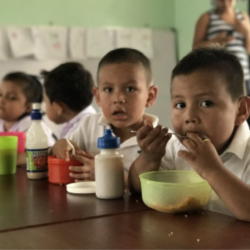

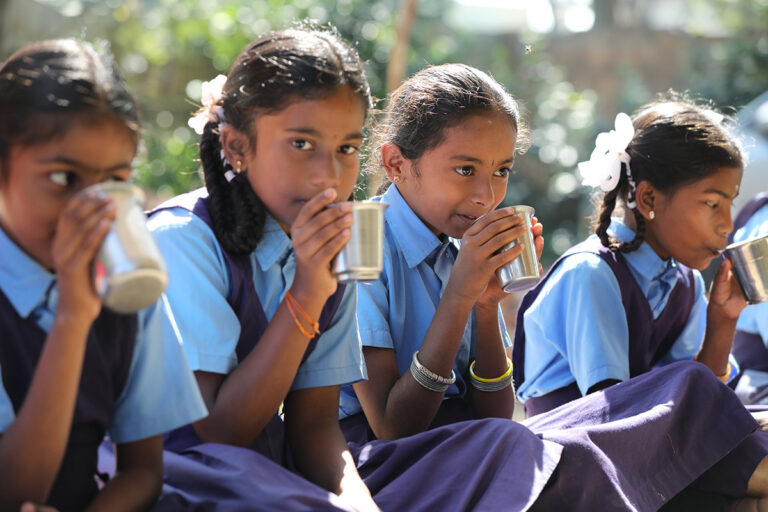



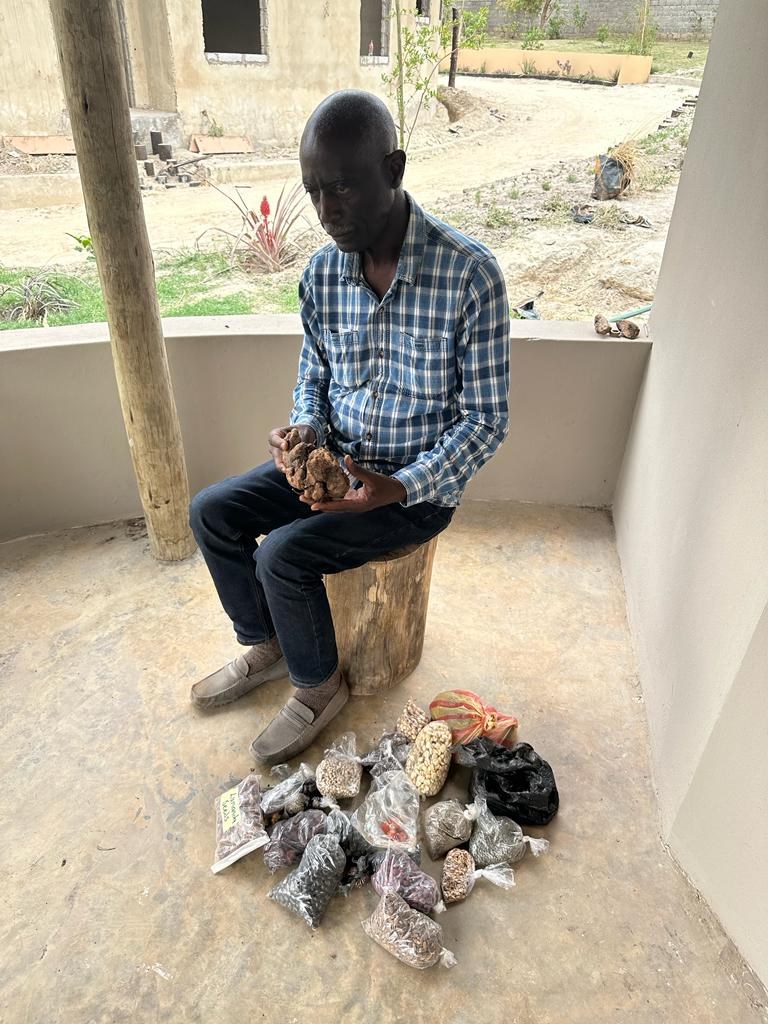
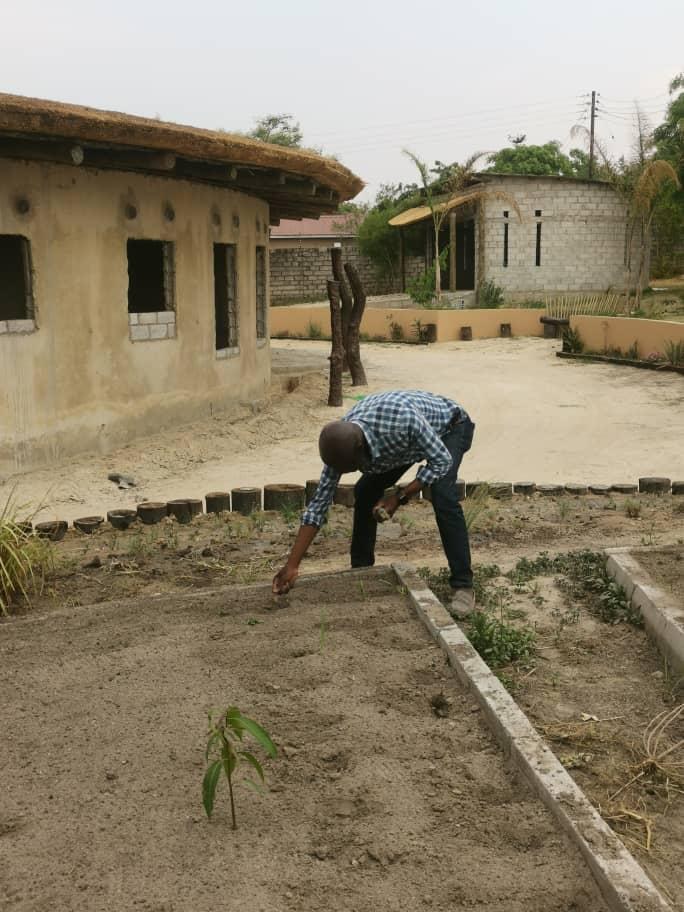
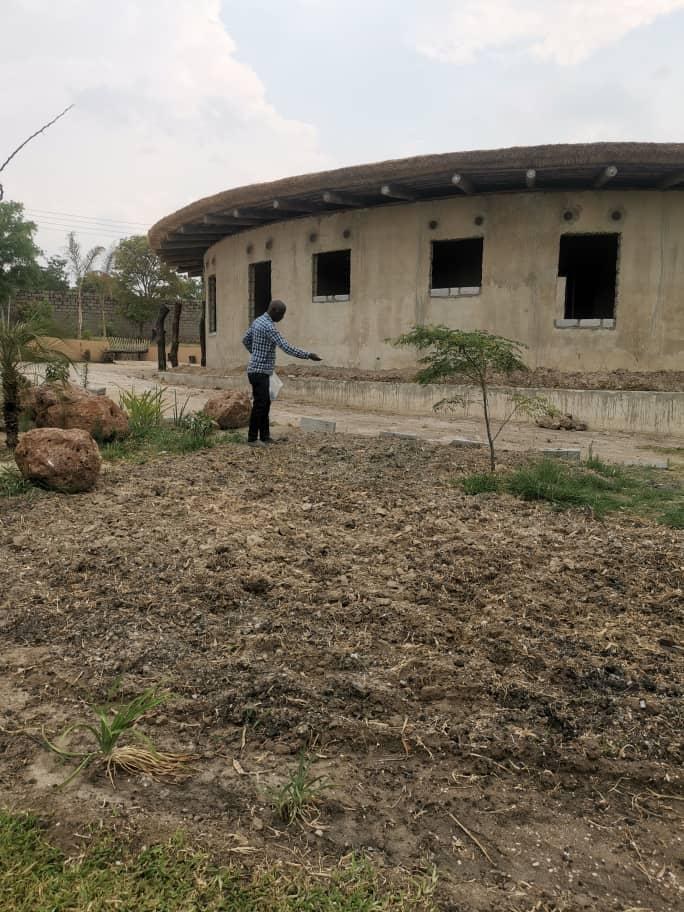


No comment yet, add your voice below!